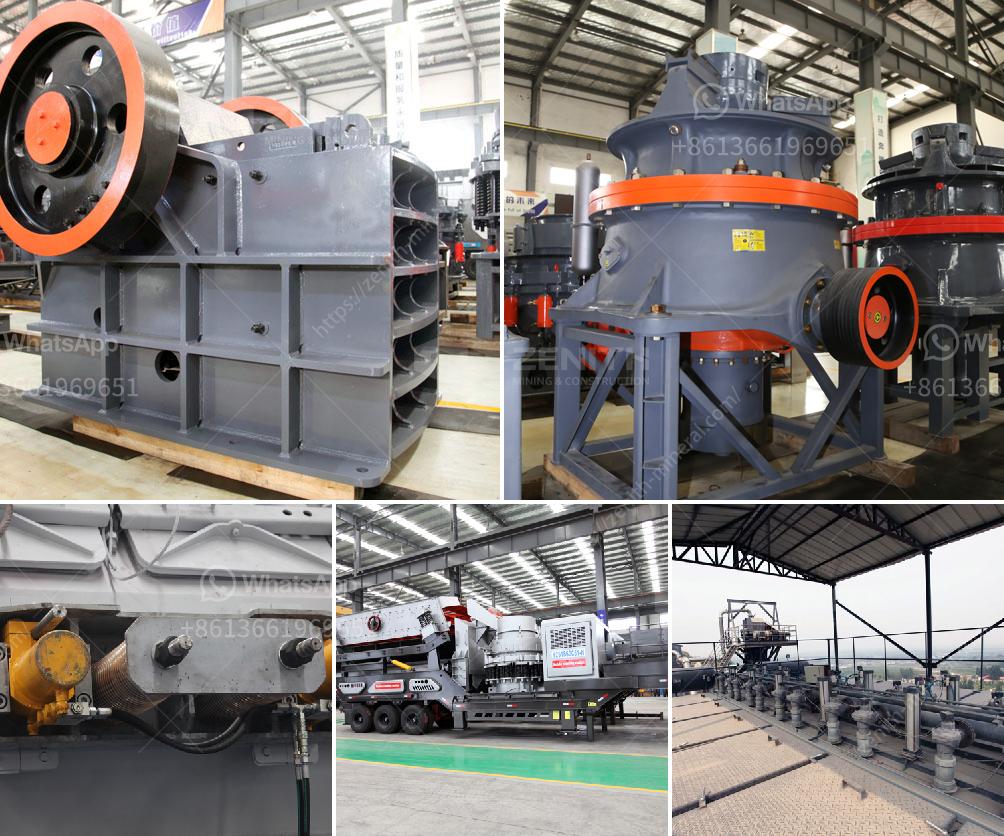Choosing a vibration motor involves considering several key factors to ensure it meets the needs of your specific application. Here are some steps to guide you through the selection process:
1. Define Your Requirements
- Application Type:
- Determine where and how the motor will be used (e.g., haptic feedback in mobile devices, industrial machinery, or medical equipment).
- Operating Environment:
- Consider the environmental conditions (e.g., temperature, humidity, exposure to dust or water).
2. Vibration Motor Types
- Eccentric Rotating Mass (ERM) Motors:
- Commonly used in consumer electronics; they generate vibration by spinning a mass around a central axis.
- Linear Resonant Actuators (LRA):
- Provide more precise and controlled vibrations; suitable for advanced haptic feedback.
3. Key Specifications
- Voltage and Current:
- Ensure the motor operates within the voltage and current limits of your application.
- Size and Weight:
- The physical dimensions should fit within your design constraints.
- Vibration Force (G-force):
- Specify the intensity of the vibration required.
- Frequency Range:
- Determine the frequency range that suits your application needs.
- Mounting:
- Consider how the motor will be mounted (e.g., surface-mount, PCB mount, or encapsulated in a housing).
4. Performance Characteristics
- Start-up Time and Response Time:
- Evaluate how quickly the motor achieves the desired vibration.
- Durability and Lifespan:
- Assess the motor's longevity and resistance to wear and tear.
5. Power Consumption
- Efficiency:
- Select a motor that provides effective vibration while consuming minimal power, especially important for battery-powered devices.
6. Compatibility with Control Systems
- Driver and Controller Integration:
- Ensure the motor is compatible with the control system you intend to use, including any necessary drivers or controllers.
7. Cost Considerations
- Budget:
- Balance the cost with the performance and features required by your application.
8. Supplier and Support
- Reputable Suppliers:
- Purchase motors from reputable suppliers who provide good support and warranties.
- Technical Support:
- Ensure you can get technical assistance if needed.
9. Testing and Prototyping
- Prototype Testing:
- Before finalizing the motor, test prototypes in your application to ensure they meet performance expectations.
By thoroughly evaluating these factors, you can select a vibration motor that effectively meets the requirements of your specific application.

